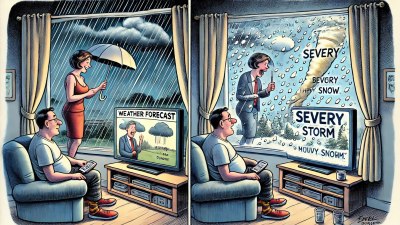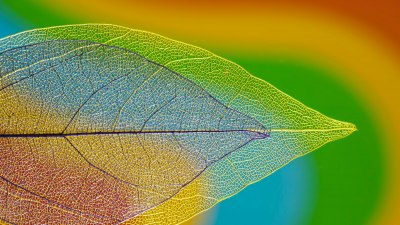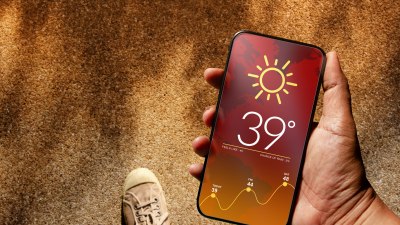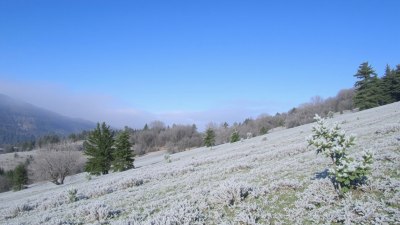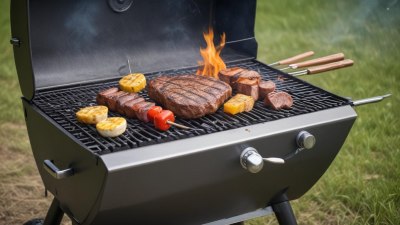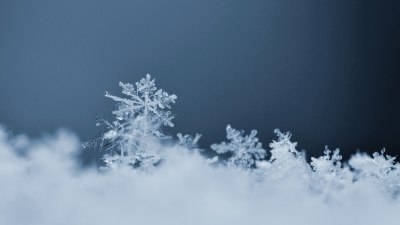How to Channel Your Inner Meteorologist Without Any Qualifications
Learn how to explore weather phenomena and predict conditions without formal training.

Image by asier-relampagoestudio on Freepik
Becoming a self-taught meteorologist is a journey filled with curiosity and passion for weather phenomena. While formal qualifications can enhance your understanding, there's a wealth of information accessible to anyone willing to learn. This guide will provide you with the necessary tools, resources, and mindset to channel your inner meteorologist without the need for a degree or formal training.
Understanding the Basics of Meteorology
To get started, it’s essential to understand the fundamentals of meteorology. Meteorology is the scientific study of the atmosphere and its phenomena, particularly in relation to weather and climate. By grasping the basic concepts, you can begin to interpret weather patterns effectively. Start with essential topics such as atmospheric pressure, humidity, temperature, and wind patterns. Resources like free online courses, weather blogs, and educational YouTube channels can help establish a solid foundation.
Invest in Weather Tools
As you delve deeper into weather analysis, having the right tools at your disposal will enhance your understanding and accuracy. Invest in a basic weather station for your home. Most weather stations come equipped with devices that measure temperature, humidity, wind speed, and precipitation. Moreover, familiarize yourself with weather apps and websites that offer satellite imagery, radar data, and forecasts. Platforms like Weather Underground and NOAA provide reliable data that can help you analyze local conditions.
Learn Weather Symbols and Maps
A critical aspect of meteorology is understanding weather maps and symbols. These provide visual representations of atmospheric conditions, allowing you to predict weather changes. Study the various symbols used in weather forecasts, like fronts, high and low-pressure systems, and precipitation indicators. Many educational platforms offer tutorials or infographics that illustrate how to read these maps. The more you practice interpreting them, the better you’ll become at predicting local weather events.
Follow Meteorological Resources
To keep your knowledge up to date, follow meteorological resources that are accessible to the public. Various websites and social media accounts are dedicated to weather forecasting, education, and exploration. Follow professional meteorologists on Twitter, subscribe to weather-related podcasts, and participate in online discussion forums like Reddit’s r/weather. Engaging with a community of weather enthusiasts will broaden your perspective and expose you to various weather phenomena and forecasting techniques.
Engage in Observation and Experimentation
The heart of meteorology lies in observation. Start observing the weather in your area regularly. Take notes on temperature, cloud cover, wind direction, and precipitation. Over time, your observations will allow you to see patterns that relate to changing weather conditions. Experiment with your observations, such as tracking how specific cloud types correlate with different weather changes. For instance, cumulonimbus clouds often signal thunderstorms, while stratus clouds may indicate overcast conditions. Empirical learning is an invaluable part of becoming a proficient amateur meteorologist.
Study Local Climatology
Understanding your local climate is vital. Climatology is the study of weather patterns over a long period, providing context for short-term weather variations. Investigate your local climate characteristics, including temperature ranges and seasonal weather patterns. Pay attention to historical climate data available on the National Oceanic and Atmospheric Administration (NOAA) website or your country’s meteorological service. This knowledge will help you predict how current weather trends may deviate from the norm.
Utilize Technology and Software
In the modern world, technology plays a significant role in weather analysis. Familiarize yourself with software and apps designed for weather tracking. Programs like MeteoStat and Windy offer advanced analytics, showcasing real-time weather patterns globally. Some applications even allow you to set up specific alerts for weather changes in your area. Additionally, explore meteorological models, such as the Global Forecast System (GFS) model, which offers comprehensive weather predictions. Learning to interpret this data can enhance your forecasting skills significantly.
Understand Extreme Weather Events
Extreme weather events are fascinating yet complex phenomena that every aspiring meteorologist should understand. Learn the characteristics of hurricanes, tornadoes, blizzards, and heatwaves. Dive into the science behind severe weather warnings and what triggers these events. By studying past occurrences in your region, you can better understand how to anticipate and prepare for extreme weather situations.
Explore Atmospheric Science
To gain deeper insights into weather conditions, explore related fields such as atmospheric science. This branch of meteorology examines atmospheric processes and how they affect weather patterns. Resources like online journals, academic papers, and textbooks on atmospheric science will provide you with a more robust understanding of the underlying principles that govern weather systems. Learning about phenomena like the Coriolis effect, El Niño, and jet streams will certainly broaden your outlook as an amateur meteorologist.
Join a Weather Community
Connecting with fellow weather enthusiasts is invaluable. Look for local amateur meteorology clubs or online forums where individuals share findings, discuss forecasts, and exchange knowledge. These communities often host events, workshops, or webinars that can enhance your understanding and allow you to experience weather analysis with others passionate about the subject. Participating in citizen science projects, like snowfall and rainfall measurements, could also be a fun way to engage with weather observation.
Start a Weather Blog or Journal
As you accumulate knowledge, consider documenting your insights through a weather blog or journal. This could be an online space where you share your forecasts, insights, and experiences as you learn. Writing about weather events and your predictions not only solidifies your own understanding but also invites engagement from others interested in meteorology. Additionally, leveraging platforms like Twitter or Instagram to share observations and forecasts can build your online presence in the weather community.
Stay Curious and Experimental
Above all, maintain a curious and experimental mindset. Meteorology is a vast field that is constantly evolving, especially with advancements in technology. Continue exploring new resources, experimenting with different forecasting techniques, and learning from both successes and mistakes. The journey to becoming an amateur meteorologist is about fostering a love for exploration, inquiry, and learning.
Channeling your inner meteorologist without formal qualifications is an attainable goal for anyone passionate about weather. By dedicating yourself to learning, observing, and embracing technology, you can develop skills that enrich your understanding of atmospheric phenomena. Engage with the community, experiment with observations, and continue to learn as the weather evolves. After all, the sky’s the limit when it comes to your meteorological pursuits!
